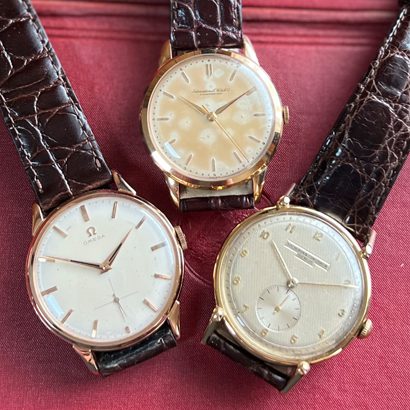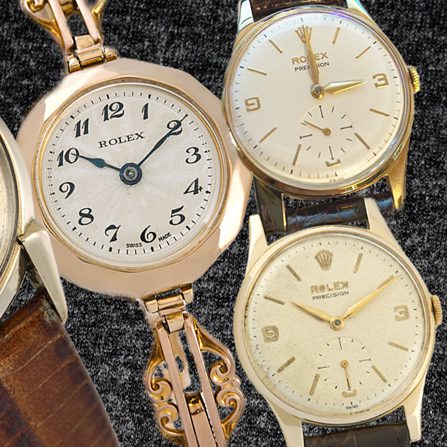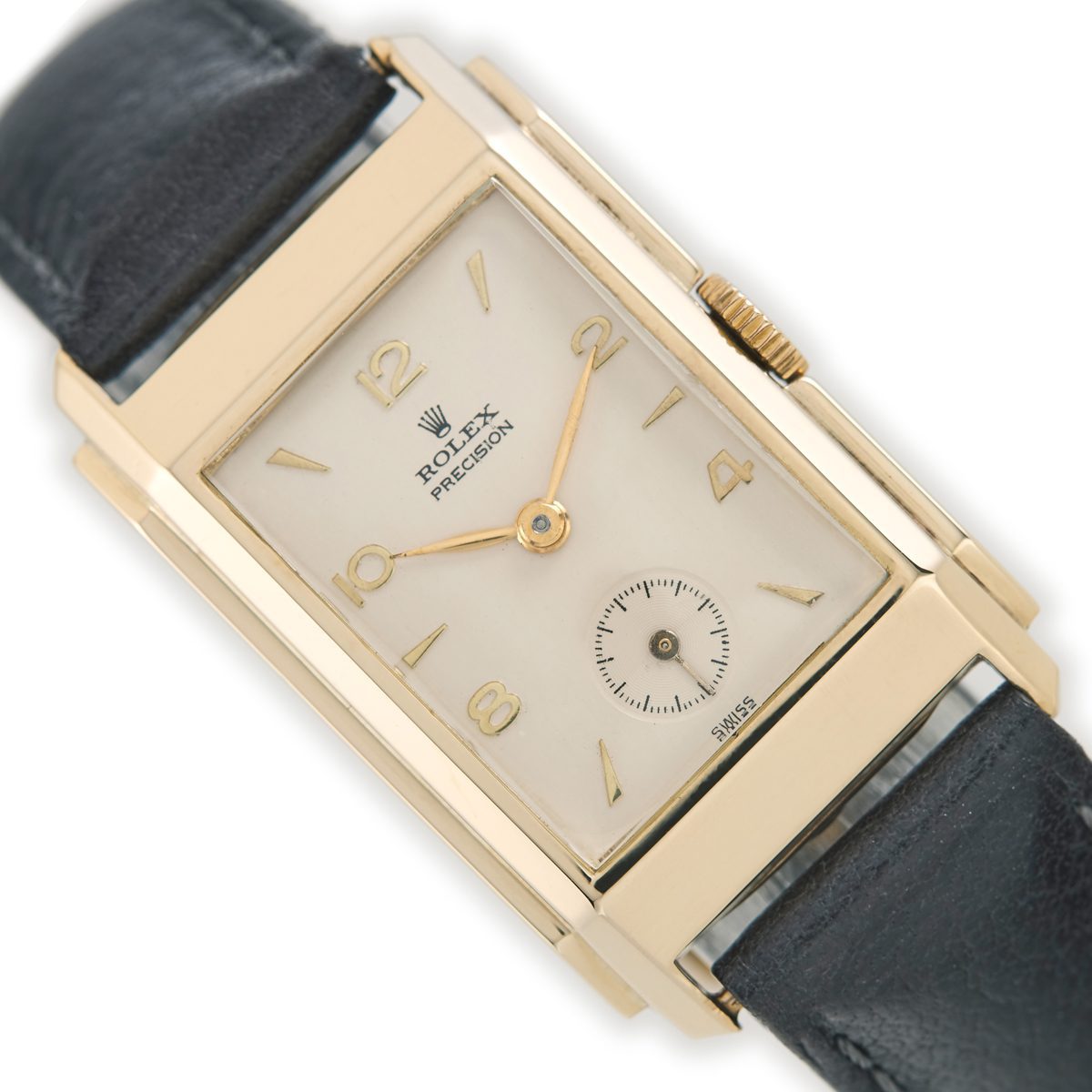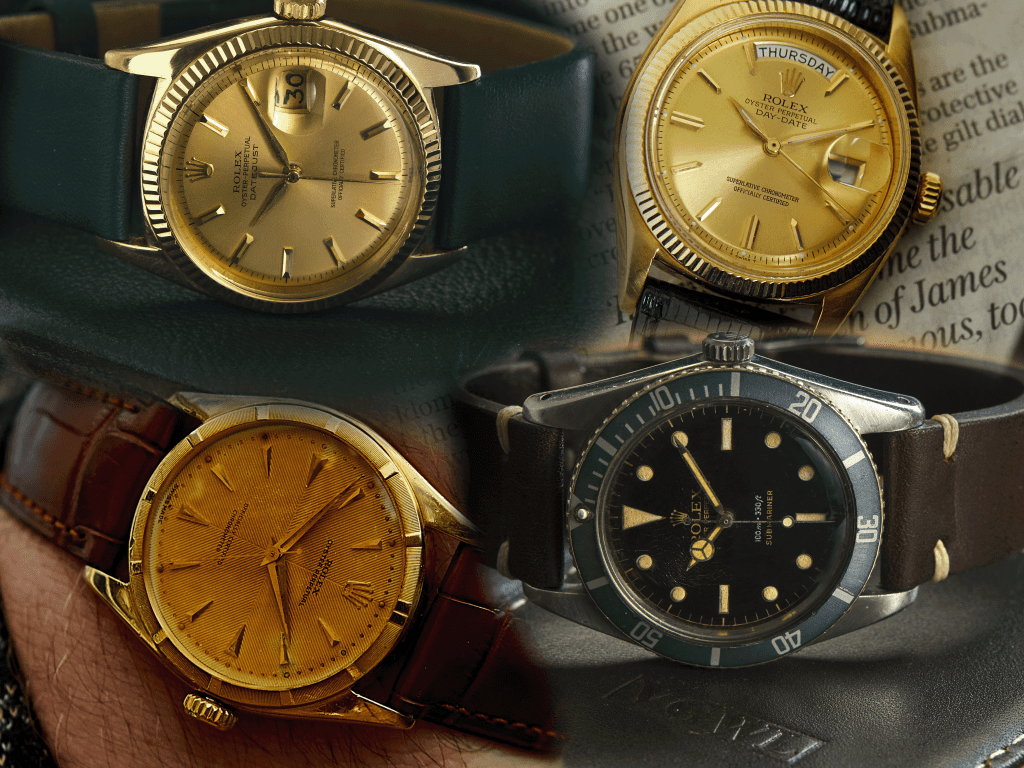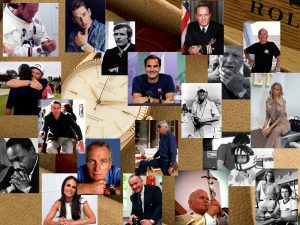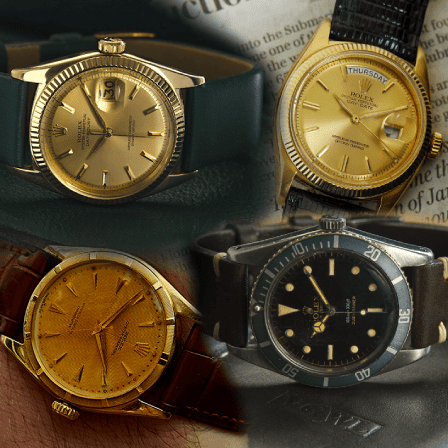
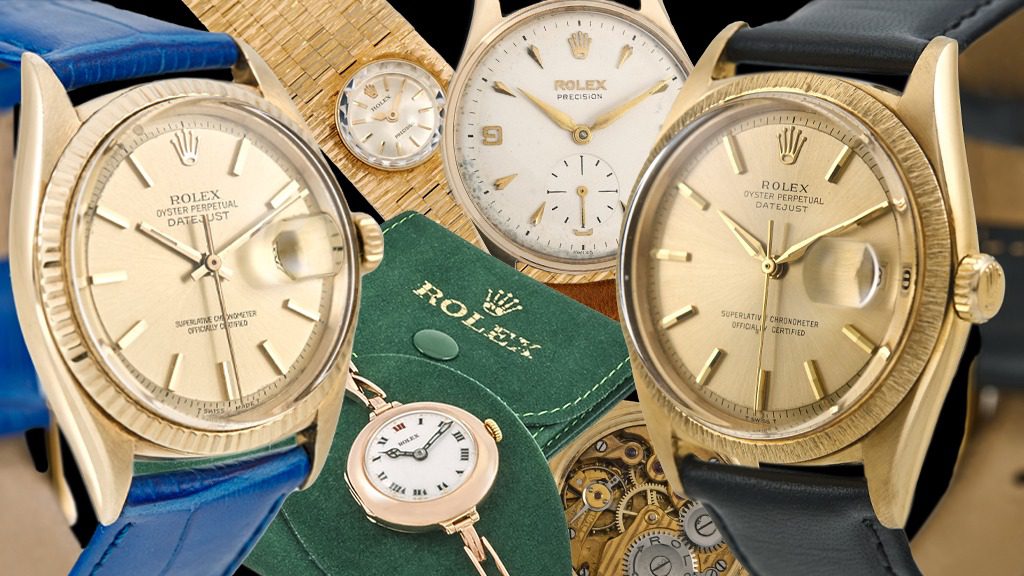
Why has Rolex become so dominant?
Some background
During its earliest beginnings, Rolex was established in London, in around 1905, through the partnership of Mr Hans Wilsdorf, a German, and his brother-in-law Mr Alfred Davies an Englishman. During its first decade, the company was not a manufacturer but simply assembled watches from movements imported from Switzerland placed in watch cases made in London.
After relocating to Switzerland in 1920 Rolex launched the world’s first commercially successful waterproof watch, the Rolex Oyster in 1926. The Rolex Oyster made newspaper headlines in 1927 by performing perfectly while being worn by the first woman to swim the English Channel, a distance of 22 miles from England to France. Rolex then broke new ground again by launching the world’s first commercially successful waterproof automatic watch, the Rolex Oyster Perpetual, in 1932. Also, the world’s first waterproof automatic watch to show the date, in the Rolex Datejust, in 1948. And the world’s first waterproof watch to show both the Day and Date, in 1956
The first Rolex Submariner launched in 1953 became revolutionary, being waterproof to 100 metres with a rotating bezel to record dive time. Featured in all the early James Bond films, the watch quickly became an icon and the world’s most recognised sports watch. Rolex watches were worn during first summit of Everest in 1953 and descended to the deepest spot in the ocean, the Mariana Trench, outside a U.S. Navy submarine in 1960. Each time these watches performed flawlessly.
Rolex is not a company with shareholders but a non-profit organisation owned by the Hans Wilsdorf Foundation, established by Mr Wilsdorf before he died in 1960. Today Rolex is the most recognised luxury watch brand in the world with around $5 billion in annual sales. Its sales equate to around 25% of the world market and are more than the second, third and fourth contenders combined. These being Omega, Cartier, and Patek Philippe.
Why is Rolex so Dominant? What’s the appeal all about?
Today Rolex is loaded with cultural, symbolic, and financial value. It has also become one of the most reputable and recognised brands in the world, achieved through ground-breaking innovation supported by trail-blazing marketing and perfectly executed product development.
Rolex broke records when launching the Rolex Oyster Perpetual waterproof automatic in 1932. Until this time, the wristwatch was seen as fundamentally unsuitable as a gent’s watch due to its unreliability. Today its Oyster Perpetual remains at the centre of the range of Rolex watches and has become the longest watch ever to remain in serial production. Therefore the distinctive shape of Rolex Oyster cased watches, along with its sports variants, the Submariner and the Daytona, have become the world’s most recognised watches.
Rolex has also become a symbol of status, opulence, sporting success, and class. Its heritage links the brand with some of the world’s most significant events, and some of the most powerful people of the last century. These include…
In 1927 the first woman to swim the English Channel wore a Rolex Oyster for the 10 hour crossing, during which the watch continued to perform perfectly. In 1933 Rolex Oyster watches were worn during the first aerial flight over the summit of Everest. Two biplanes flew at a height of 29,500 feet and in -40°C and the watches performed beautifully throughout. In 1934 during a biplane race from the UK to Australia, Owen Cathcart-Jones wore a Rolex Oyster set to Greenwich Mean Time and it kept accurate time throughout his 13-day return flight. In 1935 Sir Malcolm Campbell was wearing a Rolex as he drove his Bluebird to become the first to break the 300mph land speed record at Bonneville, USA. In 1953 Edmund Hillary wore a Rolex Oyster Perpetual Pre-Explorer during the first ever summit of Everest. In 1960 Jacques Picard and Don Wash descended their submersible Trieste to the deepest point on earth, a 35,800 feet depression in the Marianas Trench. On the outside of the craft, protected by a specially made Rolex watch case, was a Rolex Chronometer movement which remained accurate throughout.
Many rich and powerful people have famously worn a Rolex, including presidents, sports, film, and pop stars alike. These include John F Kennedy, Winston Churchill, Martin Luther King, Steve McQueen, Paul Newman, Warren Buffet, Roger Federer, Tiger Woods, Sean Connery as James Bond, Dustin Hoffman, Michael Caine, Eric Clapton, John Mayer, Bono, Iggy Pop, and more.
Why you need one..
Of course, Rolex watches are now so ubiquitous they’ve become almost a de-facto currency. This is the watch you want on your wrist when trouble breaks out in a foreign country and there’s only one spare return seat on the plane. There’s an ‘official’ standing there with a machine gun by the door. You give him your Rolex, and he’ll give you the seat!

OTHER BLOGS

